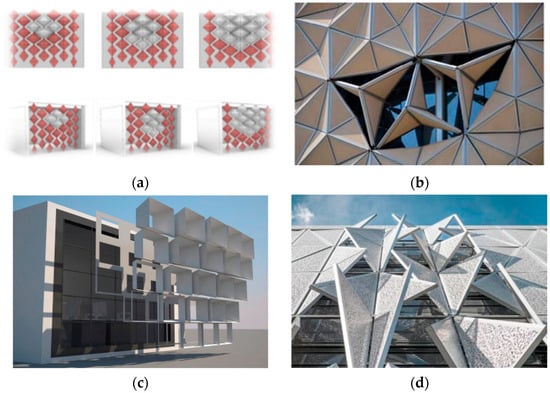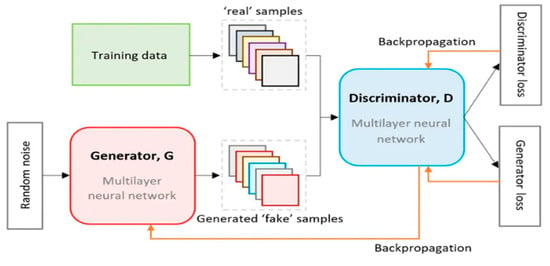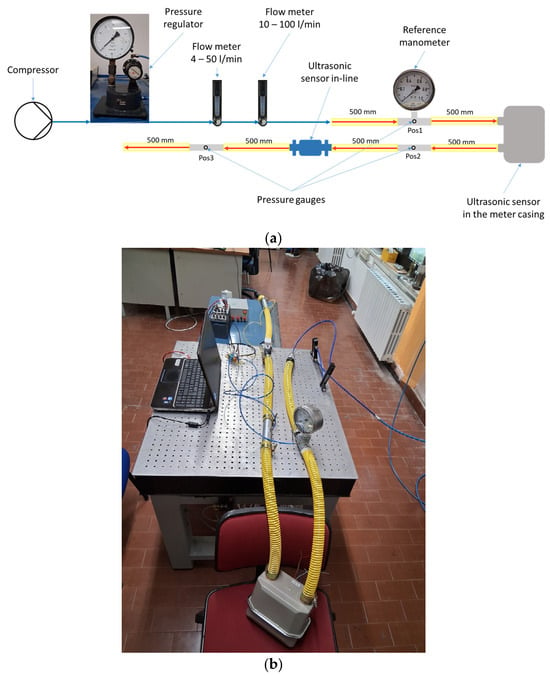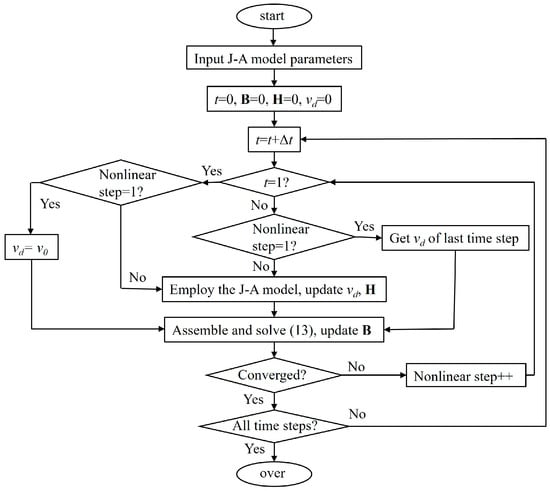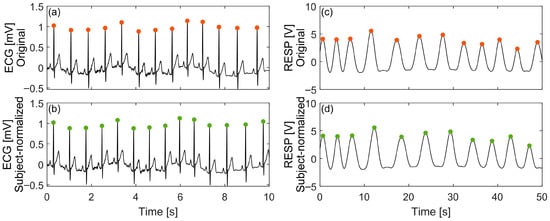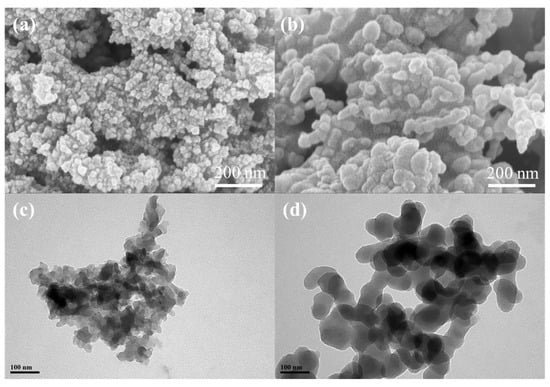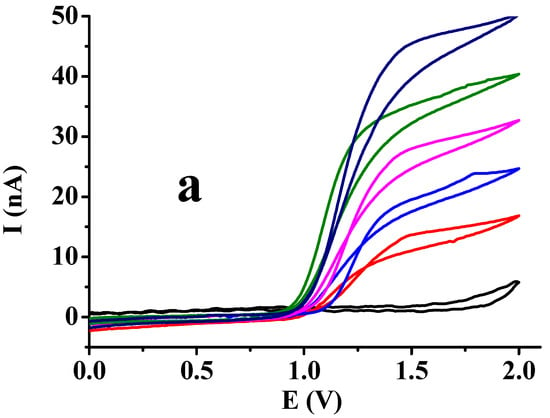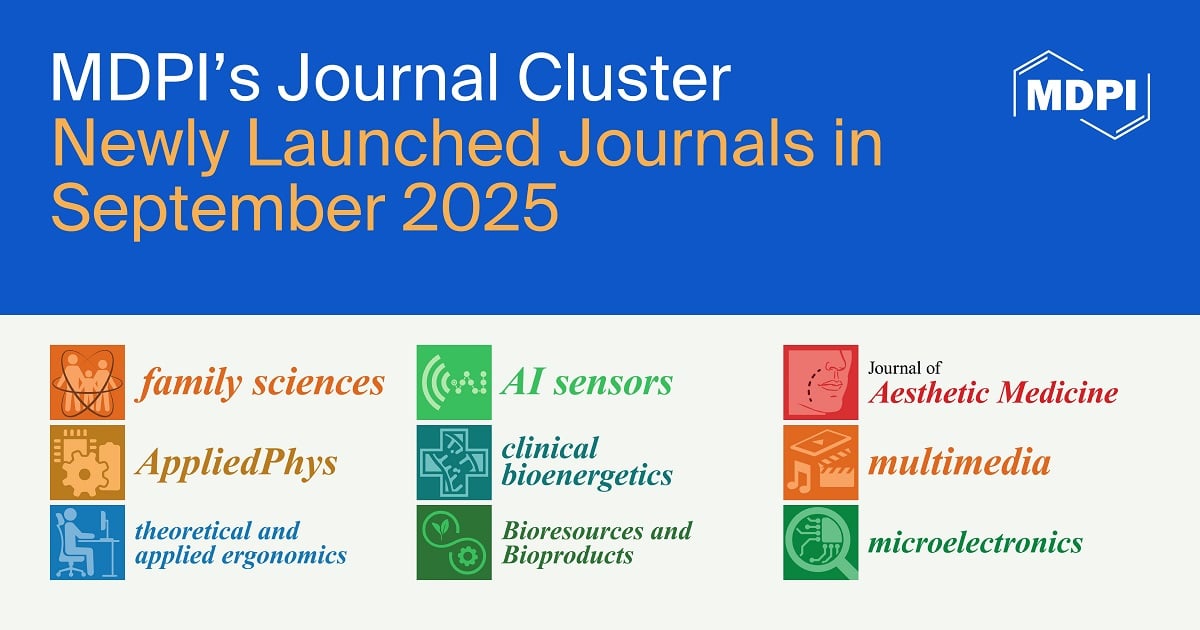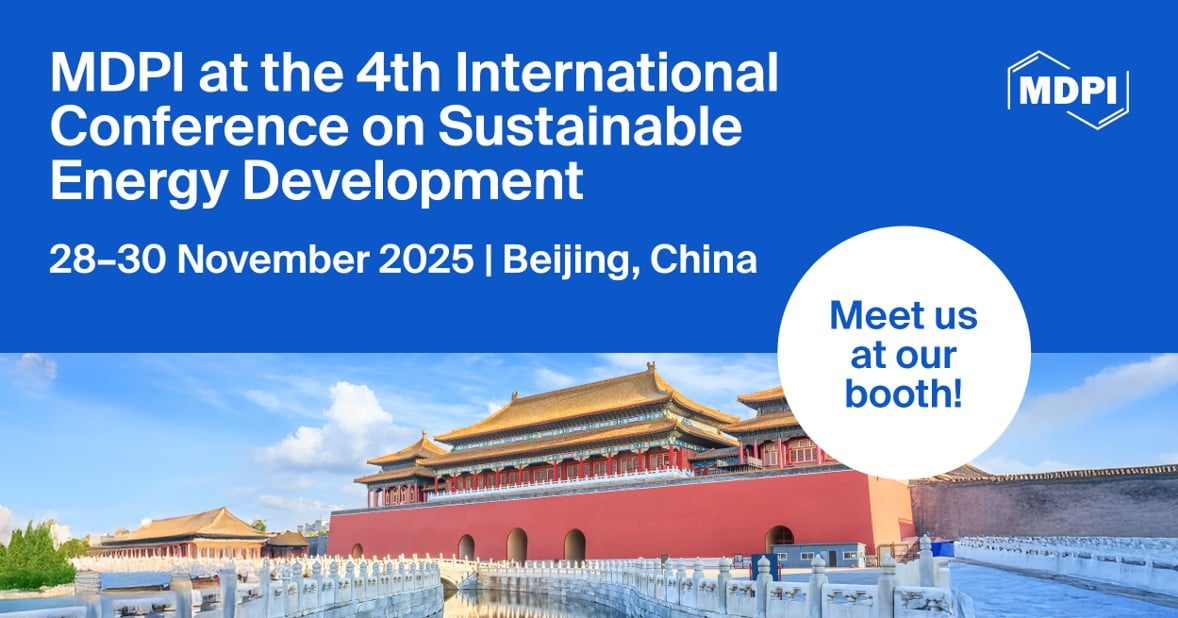-
 Knowledge Sharing: Key to Sustainable Building Construction Implementation
Knowledge Sharing: Key to Sustainable Building Construction Implementation -
 ModuLab: A Modular Sensor Platform for Proof-of-Concept Real-Time Environmental Monitoring
ModuLab: A Modular Sensor Platform for Proof-of-Concept Real-Time Environmental Monitoring -
 apex Mk.2/Mk.3: Secure Live Transmission of the First Flight of Trichoplax adhaerens in Space Based on Components Off-the-Shelf
apex Mk.2/Mk.3: Secure Live Transmission of the First Flight of Trichoplax adhaerens in Space Based on Components Off-the-Shelf -
 Estimation of Growth Parameters of Eustoma grandiflorum Using Smartphone 3D Scanner
Estimation of Growth Parameters of Eustoma grandiflorum Using Smartphone 3D Scanner
Journal Description
Eng
- Open Access— free for readers, with article processing charges (APC) paid by authors or their institutions.
- High Visibility: indexed within ESCI (Web of Science), Scopus, Ei Compendex, EBSCO and other databases.
- Journal Rank: JCR - Q2 (Engineering, Multidisciplinary) / CiteScore - Q2 (Engineering (miscellaneous))
- Rapid Publication: manuscripts are peer-reviewed and a first decision is provided to authors approximately 19.7 days after submission; acceptance to publication is undertaken in 2.9 days (median values for papers published in this journal in the first half of 2025).
- Recognition of Reviewers: APC discount vouchers, optional signed peer review, and reviewer names published annually in the journal.
Latest Articles
Highly Accessed Articles
Latest Books
E-Mail Alert
News
Topics
Deadline: 31 October 2025
Deadline: 31 December 2025
Deadline: 31 January 2026
Deadline: 28 February 2026
Conferences
Special Issues
Deadline: 31 October 2025
Deadline: 31 December 2025
Deadline: 31 December 2025
Deadline: 31 December 2025



